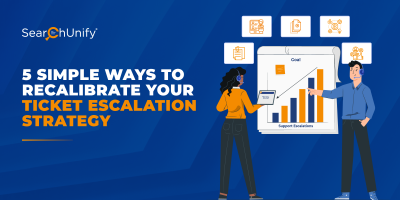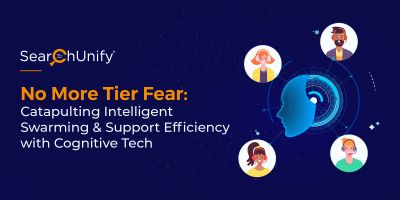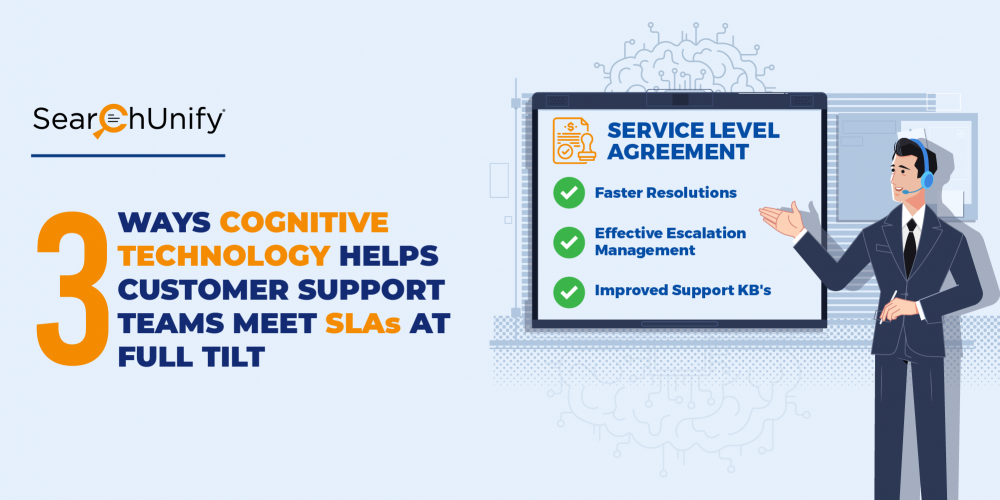
According to Zendesk, “42% of B2C customers purchased more after a good customer service experience, whilst 52% stopped buying after one bad customer service interaction.”
When a customer avails of your service and/or buys your product, there are two scenarios that are likely to happen. One, they could patronize your services for a long time to come. Or two, you could fall short of their expectations and indelibly mar the CX.
The latter is often the result of a gap between expectations and reality. Hence, for a delightful experience, it’s imperative that the user expectations are clearly conveyed and subsequently met. This is where a Service Level Agreement comes into play.
What is a Service-Level Agreement?
A Service-Level Agreement (SLA) is a documented contract between end-users and organizations that clearly outlines the services to be provided and the expectations from them in terms of quality, timeliness, availability, and measurability.
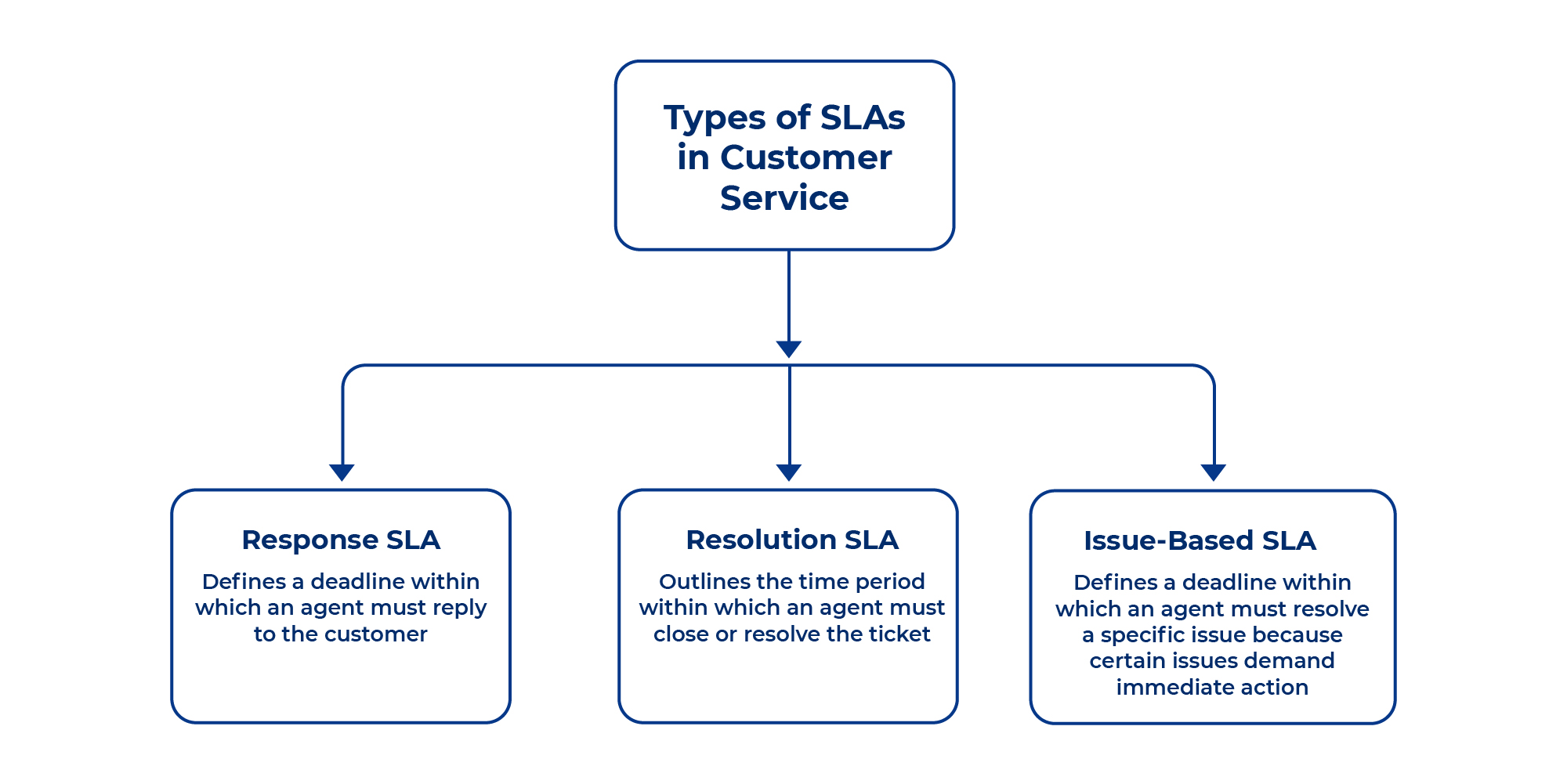
Why do SLAs Matter in Customer Service?
SLAs are critical to support organizations because they serve as a blueprint to clearly define and align expectations in measurable terms. It lays down the quality standards that employees must meet, particularly in terms of support, and acts as the basis to encourage improvements.
SLAs also delineate a resolution process in case of performance issues. A failure to meet the expectations results in incentivizing the partner to provide cash payments or discounts to the aggrieved customer.
3 Ways Customer Support Teams Adopt Cognitive Technology to Achieve SLA Targets
Every support ticket is an opportunity to connect with your customers, build relations, and enhance their experience. Here are 3 different ways you can leverage cognitive technology to achieve SLAs faster.
1. Providing Blazingly Fast Resolutions
One of the most effective ways to keep your business going is by providing proactive customer support. A lot of support tickets only require basic troubleshooting, but they sit around, waiting, simply because the agents haven’t received them or the service reps are not equipped to answer the queries in a timely manner.
Bold360’s research opines, “43% of customers say getting a resolution from the first person they contact is what it takes to make them happy.”
This is where AI-powered apps come into play. They generate real-time insights into top cases, customer journey, customer behavior, and enhance findability to cut down trivial and mundane tasks for the agents. Harnessing the power of AI and ML, SearchUnify’s Agent Helper learns from historical data to surface relevant content in the blink of an eye. This suggested response can be used by the agent to answer customer queries in a jiffy, thus amplifying First Call Resolution.
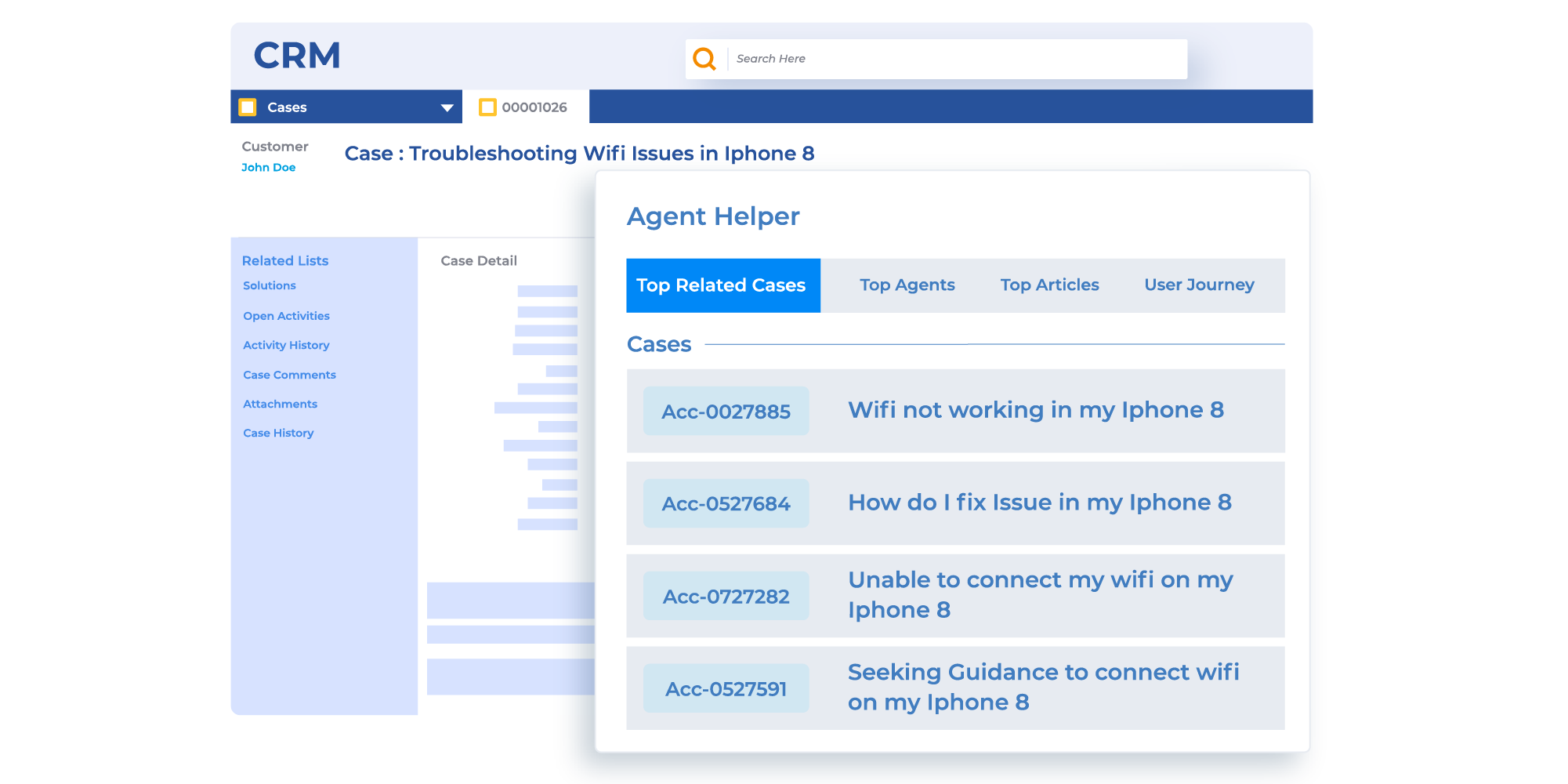
2. Playing Catch, Not Ping Pong
Business success hinges on how satisfied a customer is. And, one of the most important aspects of CSAT is how quickly you resolve their issues. This is where cognitive technology lends a helping hand by enabling smart routing of incoming tickets.
This case study explains how Cisco has seen transfer and escalation rates drop since focusing on “playing catch.”
Simply put, the first agent to work on a support case must be the best fit to successfully resolve it without any further escalations. But how are we supposed to know that, you ask? By integrating an intelligent routing system into your support ecosystem. Once implemented, smart routing analyzes all incoming tickets and triages them to the agents who have successfully resolved similar cases in the past.
SearchUnify’s Escalation Predictor leverages ML algorithms and sentiment-analysis to triage the case to the best agent based on their skills and proficiency right off the bat; thus reducing the MTTR while simultaneously increasing customer satisfaction.
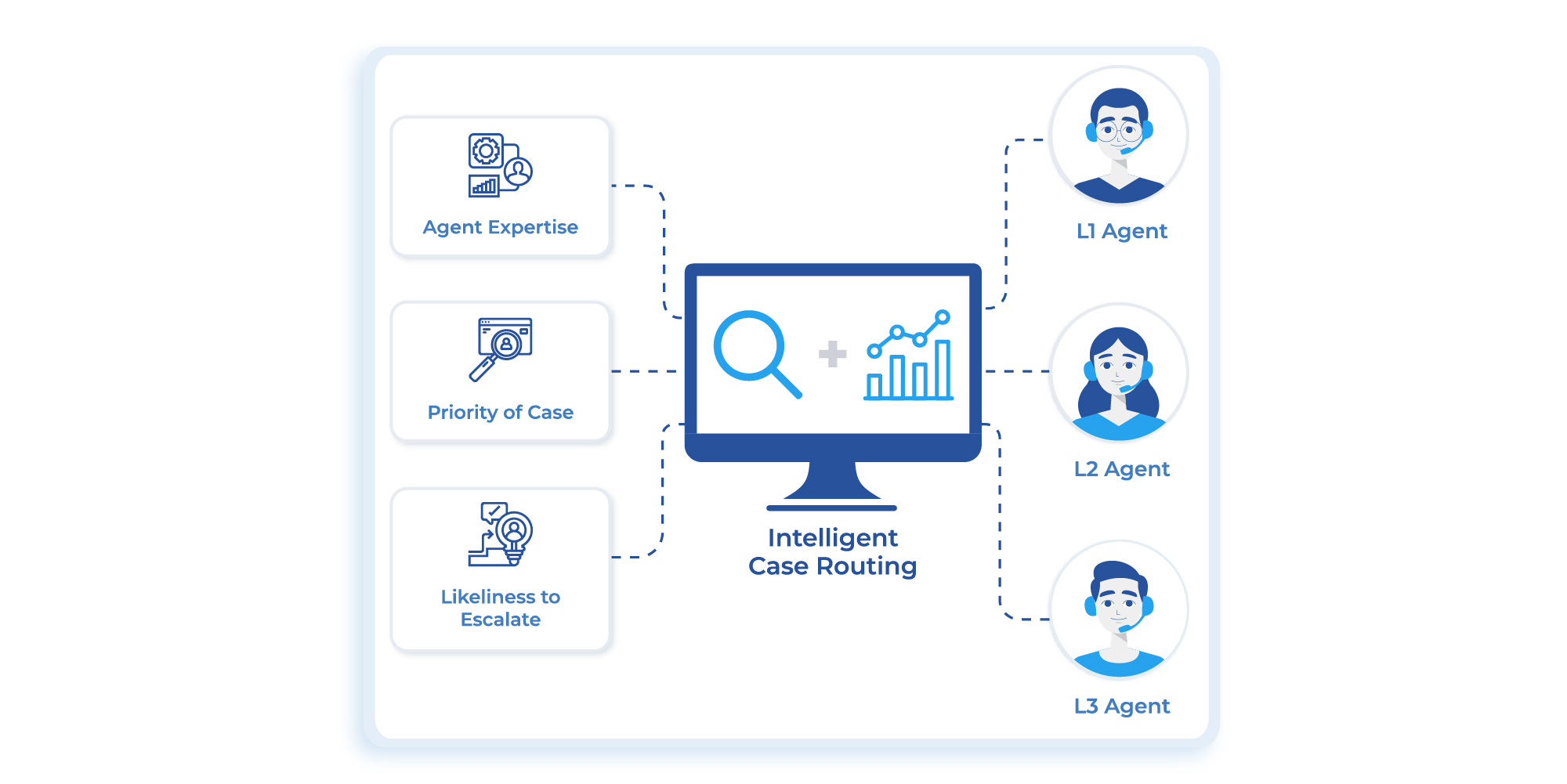
3. Overcoming All Knowledge Barriers
Finding the right help content at the right time can be quite tricky without a smart technology at hand. Accessing fragmented information silos leads to the swivel-chair effect, which further bogs the agents down. And, not to miss out on the negative impact it will have on your SLAs.
But fret not, SearchUnify’s Agent Helper got you covered. As mentioned earlier, it brings down the total time taken to resolve a case by surfacing relevant articles and related KBs on the fly. But, what if the agents are faced with new problems that are not documented?
According to the KCS Academy, adopting KCS leads to an almost 50% increase in First Contact Resolution!
This is where SearchUnify’s KCS Enabler steps in to revolutionize knowledge discovery and drive self-service. It auto-populates new articles on a pre-designed template as a by-product of each resolution. As a result, agents can quickly find relevant content and also lower the turnaround time to meet the SLA guidelines.

The Bottomline
If your organization feels that it falls through to meet SLA because of obsolete technology, it’s time you take the plunge and switch to a unified cognitive platform. And, if you’re interested to see how SearchUnify turbocharges your support ecosystem to consistently meet the SLA requirements, then watch it live in action by requesting a free demo.

